- Joined
- Mar 11, 2021
- Messages
- 43
- Points
- 78

For over a year now, on and off, I am building de Vasa from Revell.
I've collected tons of pictures from the Vasa, and I try to be close to the 1:10 museum model as possible.
This is what I have now.
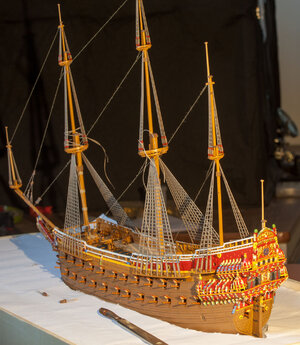
I took the liberty to make a few changes. For instance I painted the grating anthracite. It was too hard for me to make only the holes black.
I've come a long way now, but I am not so happy with how the rigging is done in the Revell instructions.
Now I am stuck with this detail. Yeah, it's why I came to this forum. According to the instruction it should be like this:
(ropes in my model not yet under tension)
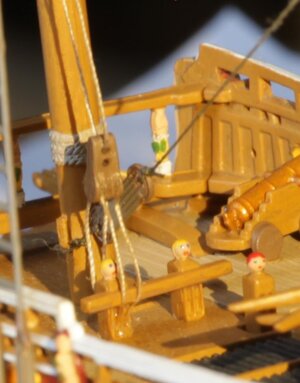
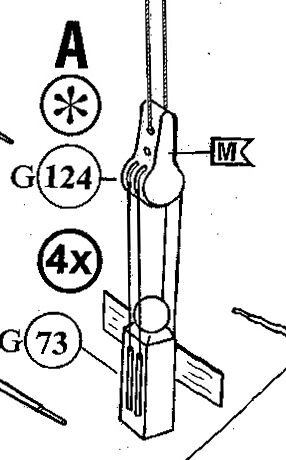
But it doesn't make sense to me. In the pictures of the Vasa I found I can't get a clear view on it. 
In those pictures it looks like there is only one rope going up, but according to Revell 4 and 2. If it some kind of pulley, how many ropes
should there be? Or shouldn't that block be there anyhow?
Perhaps someone has a clear view on how the ropes should be configured? Would appreciate it very much!
Never mind the question. I found a solution.
I've collected tons of pictures from the Vasa, and I try to be close to the 1:10 museum model as possible.
This is what I have now.

I took the liberty to make a few changes. For instance I painted the grating anthracite. It was too hard for me to make only the holes black.
I've come a long way now, but I am not so happy with how the rigging is done in the Revell instructions.
Now I am stuck with this detail. Yeah, it's why I came to this forum. According to the instruction it should be like this:
(ropes in my model not yet under tension)


In those pictures it looks like there is only one rope going up, but according to Revell 4 and 2. If it some kind of pulley, how many ropes
should there be? Or shouldn't that block be there anyhow?
Perhaps someone has a clear view on how the ropes should be configured? Would appreciate it very much!
Never mind the question. I found a solution.
Last edited:


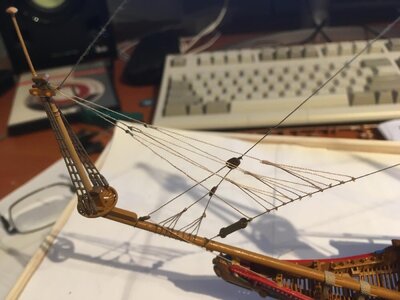
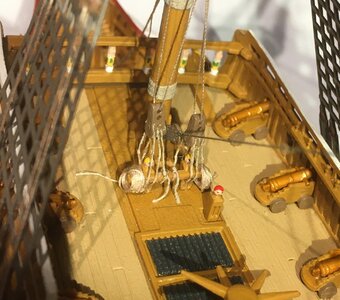
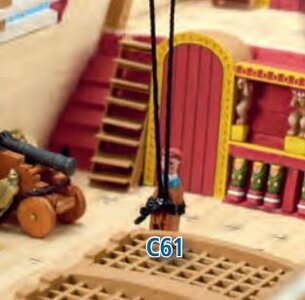
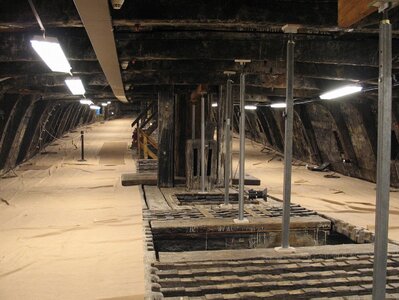
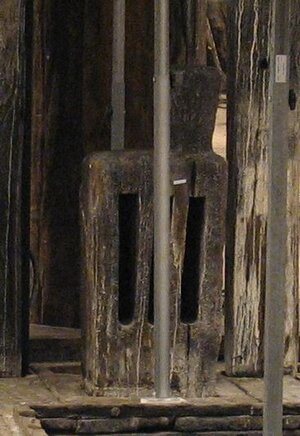
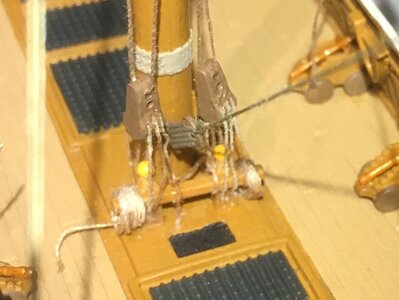
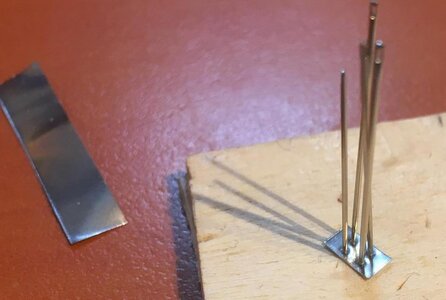
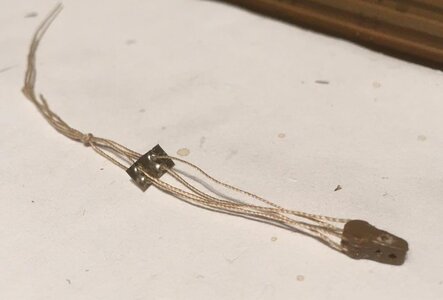
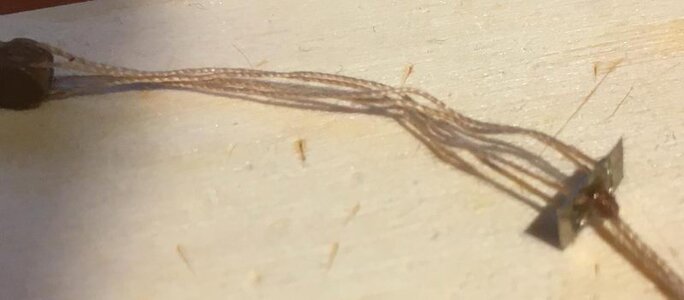
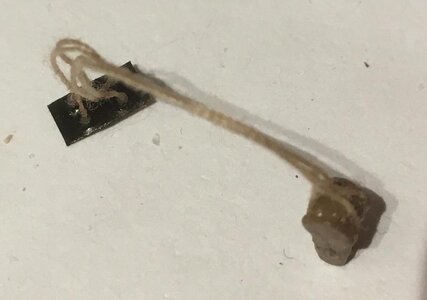
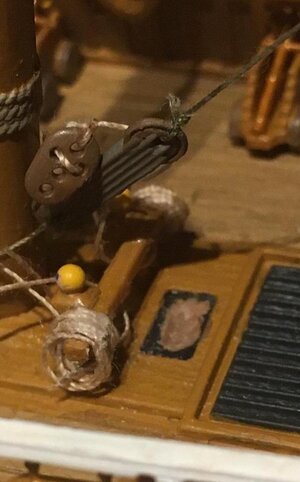
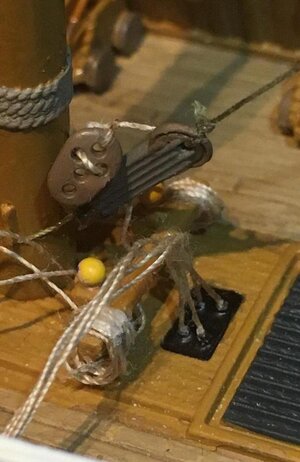
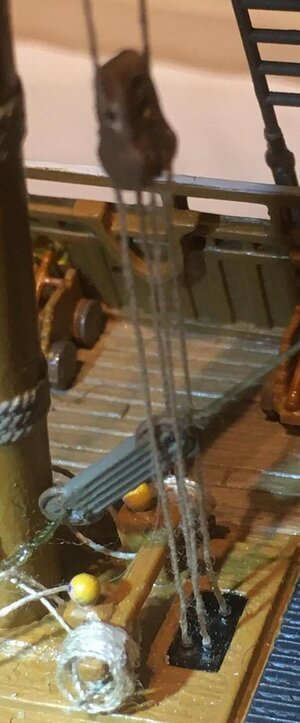



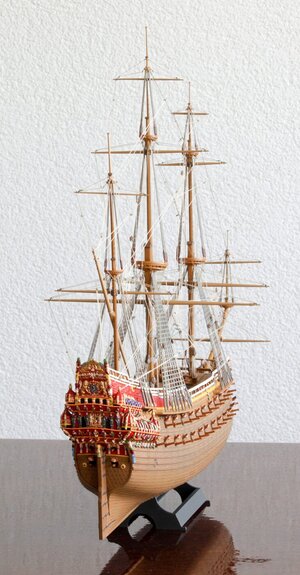
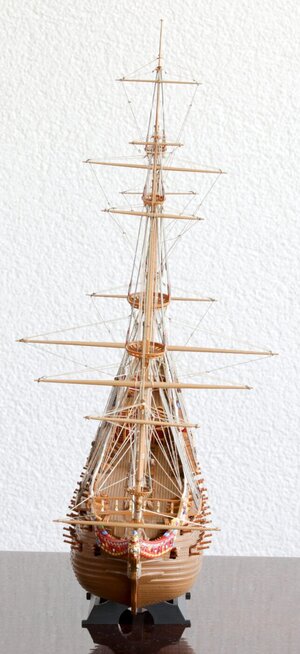
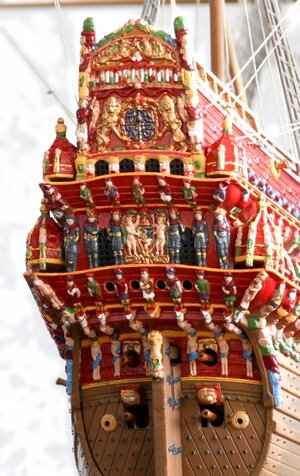
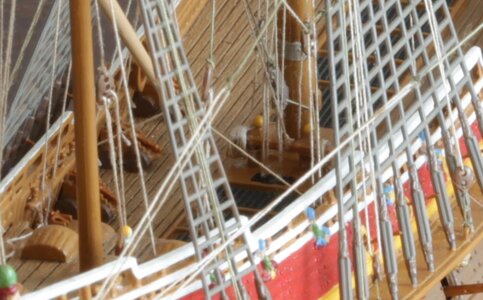
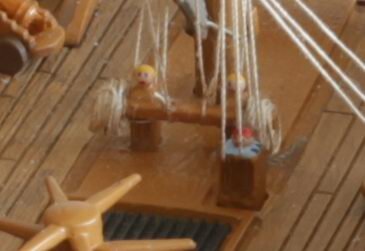
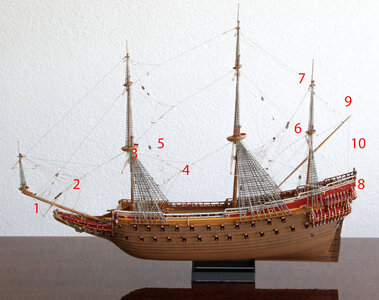
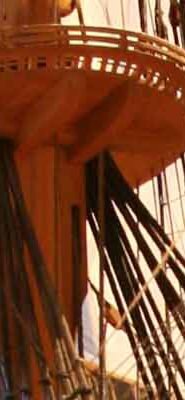
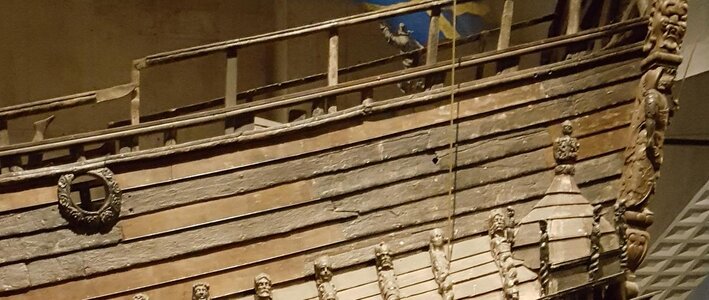
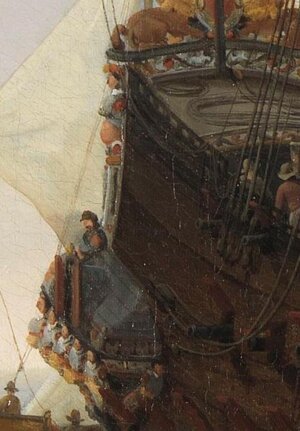
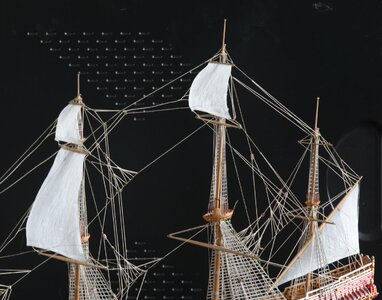
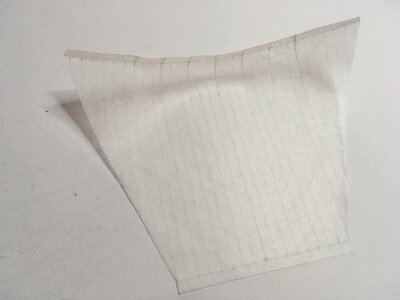

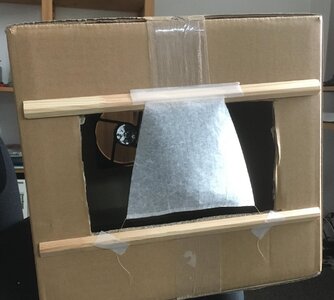
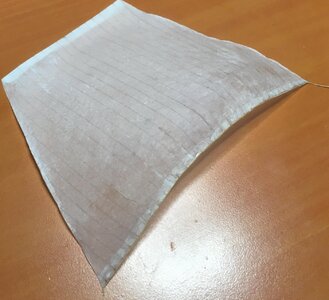
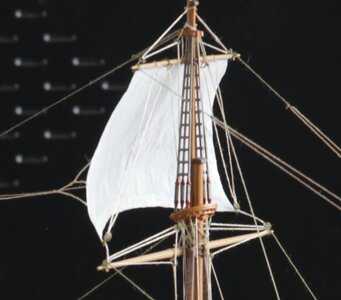
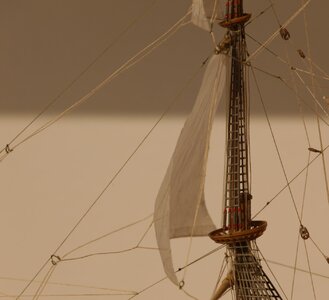
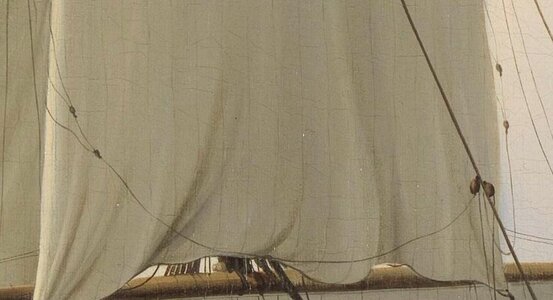
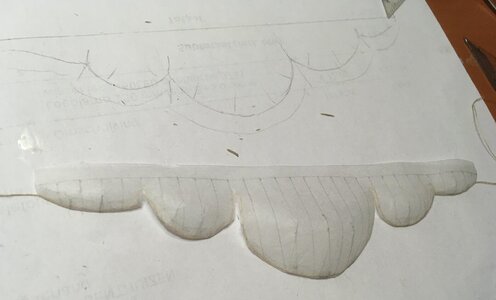
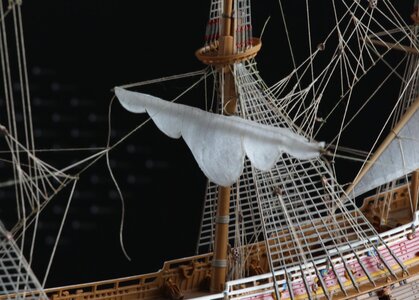
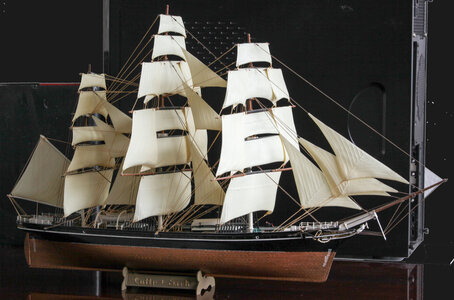
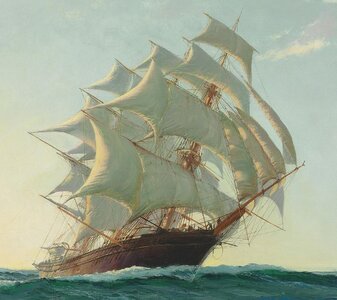
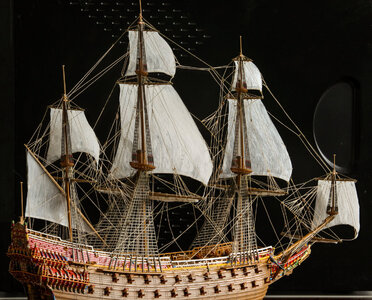
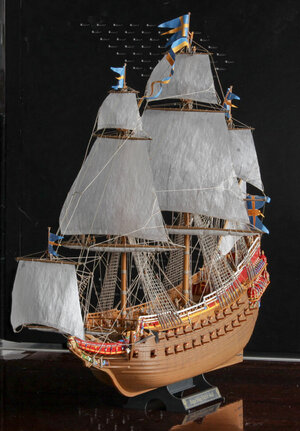
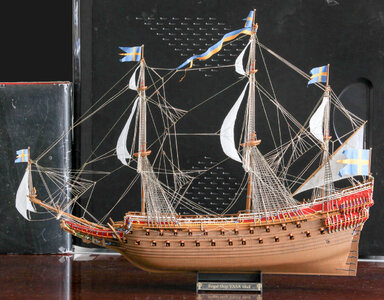
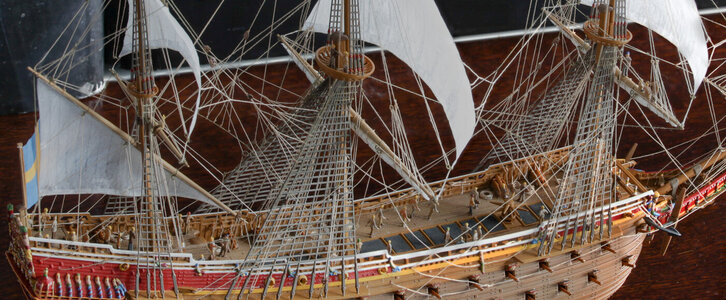
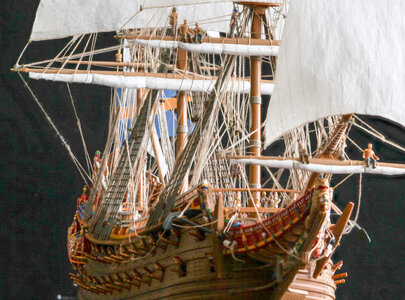
 . But at a certain point I want to have it finished and be done with it. I just don't have enough patience. Well, I do, but somehow I can't do anything else till it is finished, and I have other priorities now.
. But at a certain point I want to have it finished and be done with it. I just don't have enough patience. Well, I do, but somehow I can't do anything else till it is finished, and I have other priorities now.

